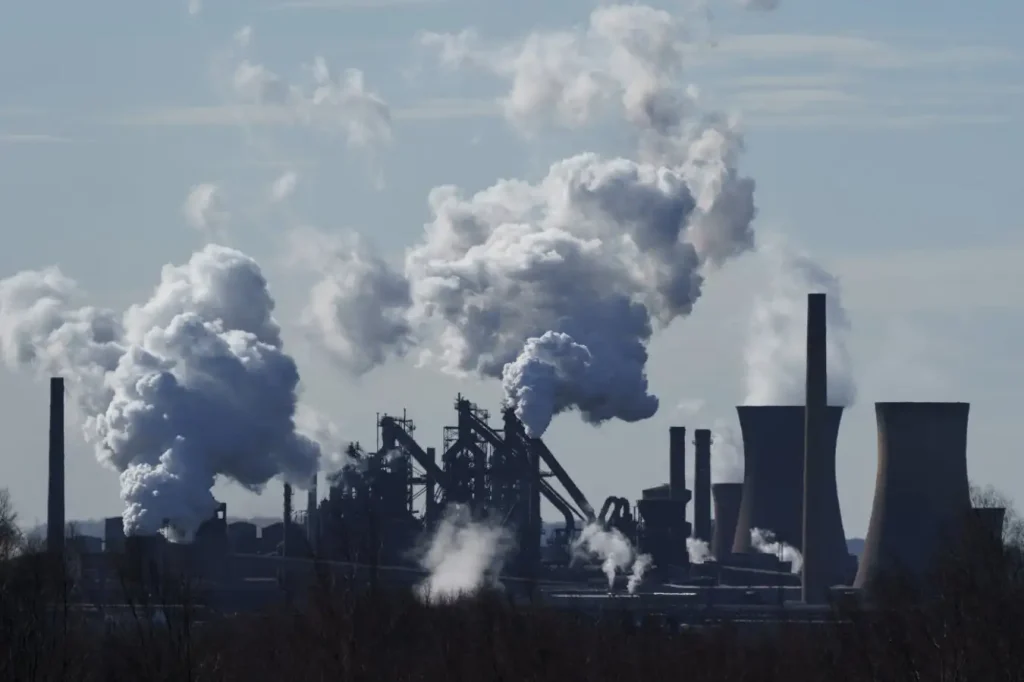As the UK prepares to implement its Carbon Border Adjustment Mechanism (CBAM) in January 2027, this important policy is set to change the way carbon costs and international trade are handled. The UK CBAM aims to create a fair environment for both domestic and imported goods in terms of carbon costs, representing a crucial step in the nation’s ambitious climate agenda.
The Genesis of the UK CBAM
“After a previous consultation, a CBAM for imports of certain carbon-intensive goods is set to be introduced from 1 January 2027, particularly from sectors important to the UK’s industrial base. This mechanism aims to prevent carbon leakage by making sure that imported goods incur a similar carbon cost to those produced domestically.Stakeholder Involvement: A Collaborative Approach
The government’s consultation process emphasizes the inclusive approach taken in developing the CBAM. Lucia Suggitt of HMRC and Katie Keegan of HMT are leading the effort to ensure a wide range of voices, including importers, their agents, other businesses, individuals, tax advisers, trade and professional bodies, and other interested parties, both local and overseas, are heard and considered in shaping the mechanism.
Tackling Carbon Leakage Head-OnA key motivation behind the CBAM is to prevent carbon leakage, as Gareth Davies MP explains, businesses need confidence that their investments in the UK will truly contribute to global decarbonisation, rather than the shifting of emissions overseas. This demonstrates the UK’s commitment to ensuring its decarbonisation efforts make a meaningful impact on reducing global emissions.Strategic Design and Implementation Challenges
Designing and implementing the CBAM pose challenges. The mechanism must ensure that imported goods face a carbon price similar to that incurred by UK-based production, a complex task involving calculating the carbon content of imports and establishing a fair and effective pricing strategy.
In addition, the consultation aims to address how the CBAM liability will be calculated, including principles for calculating embodied emissions and the price payable with any adjustments for overseas carbon pricing. This shows the government’s awareness of the careful balance needed to ensure the CBAM’s effectiveness while maintaining fairness in trade.A Vision for Global LeadershipIntroducing the CBAM not only helps the UK progress towards achieving its climate targets but also positions it as a leader in global climate action. Gareth Davies MP emphasizes the potential for collective international efforts towards decarbonisation, indicating the UK’s role in fostering such a movement.
A Path Towards Sustainable Trade
The UK’s Carbon Border Adjustment Mechanism is more than just a policy; it represents a commitment to a sustainable future. By carefully designing a mechanism that addresses carbon leakage, promotes global decarbonisation, and supports domestic industries, the UK is leading the way in integrating environmental objectives with trade policy. As this policy develops through stakeholder consultation and legislative development, it will undoubtedly serve as a model for others in the pursuit of a greener planet.As the UK prepares for the launch of its Carbon Border Adjustment Mechanism (CBAM) in January 2027, this important policy is set to change the way carbon pricing works…” a complex undertaking that involves calculating the carbon content of imports and establishing a fair and effective pricing strategy.
Moreover, the consultation seeks to address “how the CBAM liability will be calculated – including principles for the calculation of embodied emissions and the price payable with any adjustments for overseas carbon pricing.” This highlights the government’s awareness of the intricate balance required to ensure the CBAM’s effectiveness while maintaining trade fairness.
A Vision for Global Leadership
By introducing the CBAM, the UK is not just taking a significant step towards achieving its own climate targets; it is also positioning itself as a leader in global climate action. As Gareth Davies MP points out, “Together we can make the UK CBAM a success, tackle carbon leakage risk, and meet our ambitious climate targets,” underscoring the UK’s role in fostering a collective international effort towards decarbonisation.
A Path Towards Sustainable Trade
The UK’s Carbon Border Adjustment Mechanism is more than a policy; it’s a statement of intent towards a sustainable future. By meticulously designing a mechanism that addresses carbon leakage, encourages global decarbonisation, and supports domestic industries, the UK is paving the way for integrating environmental objectives with trade policy. As this policy evolves through stakeholder consultation and legislative development, it will undoubtedly serve as a model for others to follow in the quest for a greener planet.



